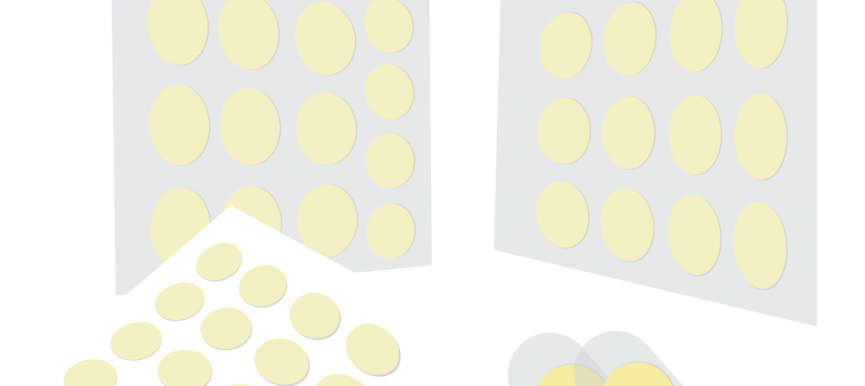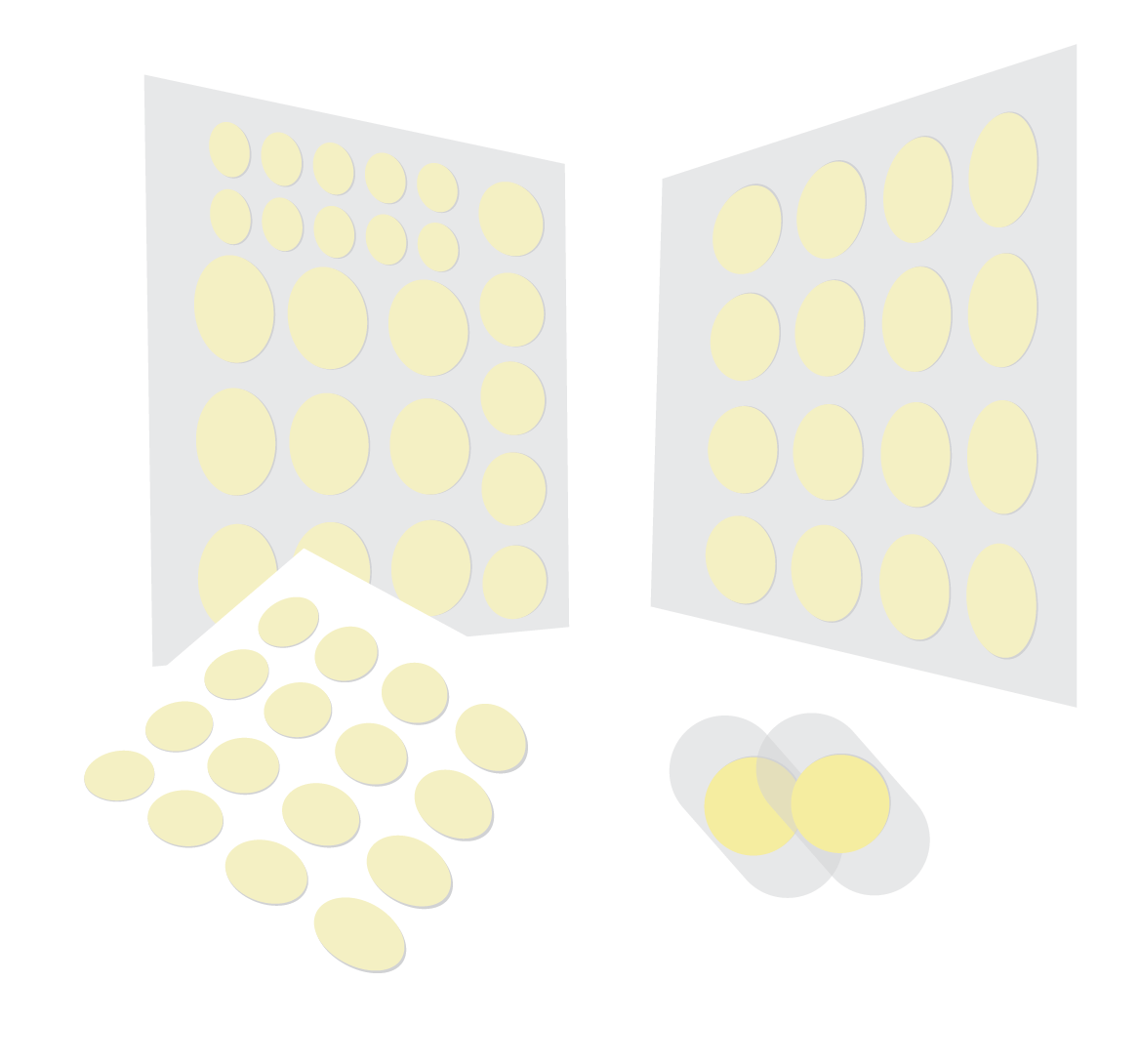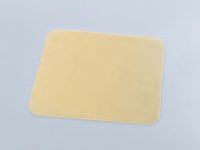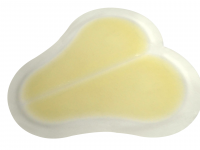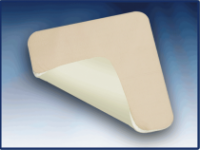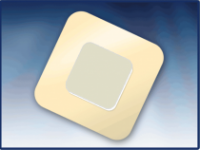Product Info
Out of Sight Healing
Description
Hydrocolloid dressing with and without glycerol represents a gelatine free hydrocolloid plasters that convert into a gel when in contact with wound fluid, in case using backing PE foam gives cushioning and antifriction effect which helps pain relief.
How Cure-Aid® Acne Patches works on acne?
- Alleviates inflammation, redness and swelling around pus formed area of the skin.
- Protects acne from dirt and other contaminant.
- Creates moist environment, accelerate acne healing and avoids scar formation.
Intended Purpose
- Product line with and without glycerol are used as mechanical barrier plaster for moderate acne vulgaris and Herpes Simplex Virus that erupt around lips, nose or chin.
Contraindications
Don’t use on patient with known sensitivity to the product or any of its components specially Polyisobutenes and Carboxymethylcellulose.
Precautions
- Do not use on infected wounds.
- Use only once. Re-use could result in risk of cross-infection and reduced product performance.
- Don’t use in combination with cream, as the spot may no longer stick to the wound and thus will not provide full treatment benefits.
- Apply the acne patch before wearing makeup.
- Do not use the product in case the pouch is open/ damaged.
How To Use
- Wash the affected area with soap and water and dry thoroughly since oils and moisture reduce adhesion.
- If the blister has burst, apply a mild antiseptic.
- Peel off the large release liner flap. Apply centrally over the affected area.
- Peel off the small release liner flap. Smooth over the surrounding skin.
- Leave the plaster in place until it loosens naturally.
- Repeat until healing process is complete.
Plaster removal:
- Carefully lift the dressing edges (film border) while pressing down on the skin.
- Continue lifting the edges until all are free from the skin surface.
- Press down on skin to separate dressing from skin.
- Alternatively, stretching the dressing horizontally and lifting it will facilitate removal in most situations.
- Discard the dressing into appropriate recycle bin.
How often to Change the Plaster:
- The dressing should remain in place as long as possible.
- If leaks are detected, the plaster should be changed immediately.
- Change the plaster when maximum absorption has been reached.
Sizes & Codes



